by Gary Friedman
In this post-election period, the trauma that we have experienced as a result of the divisive campaign has taken a huge toll on many of us.
The dumbed down conversations and demeaning, personal attacks that have marked the political discourse have left us with a deep down disgust and alienation. We’ve witnessed and even participated in mean-spirited and nasty exchanges that have left us feeling spent, grieving the loss of dignity and respect that we deserve for ourselves and our fellow citizens.
Now many of us feeling shattered, helpless, fearful of what comes next and what will happen to the country we love.
The national discourse has polarized the country. Each side has demonized the other, and treated efforts to talk with disbelief, disrespect, insults, name-calling, and threats issued from rage and fear.
Attack and defense, righteousness, talking past each other. For those of us in the conflict business, this is familiar territory. People come to us like this this all the time. And as mediators or conflict professionals, we have helped hundreds, thousands of others presenting themselves just like this to get through to each other and to find a different way of talking. We know how to do this.
We know that deep layers of grief, fear and pain underlie peoples’ experience and leave them trapped in those feelings. And we know that when those feelings are unearthed, expressed and understood, they reveal commonalities as well as differences, which can bring people together to solve problems.
We understand that our natural self-protective instincts keep us from being more open. Yet we also understand that the cost of staying hidden is a continued isolation, separation through the fears and judgments that create the walls between us.
And we know what is possible in the face of this kind of conflict. When we can reach the level of vulnerability that comes from creating a safe place for people to feel and talk from a place of depth and caring, the atmosphere changes and constructive dialogue can emerge.
This is what can happen with the political dialogue.
Imagine what it would be like if we could bring our skills and experience to bear to help others and ourselves create a dialogue between what is being called the red and blue to heal the wounds that we are all carrying?
What would it be like to restore a sense of hope to our lives, especially when we know how many people have been injured by the prejudices at have been expressed and even championed at the highest level?
What I’m suggesting is that those of us in the field of conflict look to find opportunities to create small groups of people interested in coming together to increase their understanding of what is happening and open a dialogue at the level of our personal and political identities. Through developing pockets of understanding with others in honest, difficult and painful exchanges, we can create a more inclusive framework that can be contagious.
The principles and techniques that we have been working from can form the underpinnings of such dialogue, and let us bring safety, constructive dialogue and depth to our exchanges.
This is particularly true for those of us with experience in working together with conflict participants in the same room. Consider what it might be like if the following principles were used to guide a personal political conversation.
1. Emphasize the power of understanding. As an alternative to coercion or attack and defense, we could agree to operate from this intention, and let it underpin the dialogue. We often say that the test of a worthwhile conversation is whether the participants come away with a deeper understanding of themselves, the others, or the larger reality. Keeping our eye on this ball could make a difference.
2. Pay attention to how we are talking with each other, as well as what we’re saying. This could help us create a constructive dynamic that could make a difference. Making agreements about how we talk to each other can contribute to the safety and openness we’d hope to find.
3. Recognize the limitations of the right-wrong framework. Doing this could lead us to an exploration of deeper truths that we all experience as human beings trying to find a way to coexist with some degree of harmony.
4. Bring the attitude of “looking for possibility in the face of impossibility.” This can help us light the motivations that are there, often buried by our need to protect ourselves from disappointment.
5. Uncover and operate from the deep motivations that make us want have these conversations. It will not be enough to talk to each other in this moment of crisis and pain. The key will be to sustain a new kind of dialogue that could spread and underpin similar efforts that could make a difference to us personally and to the body politic.
If we understand that the tools we use every day in facing conflict can serve us and our communities now, we have an extraordinary opportunity to help bridge the painful gaps that have divided Red and Blue, neighbor and neighbor.
So the first question we need to answer is whether and how we can find others who are similarly inclined to be interested in having these conversations.
The next question is for us as conflict resolvers used to helping others whose conflicts are limited to their lives. How do we deal with our own personal reactions, which are inevitable in these conversations and could get in the way? We’ll be talking about that in our next newsletter.
